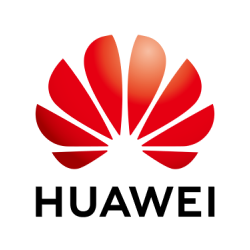Previously almost 2 billion people globally were unbanked and did not have access to financial services, with many located in emerging markets.
The emergence of mobile money offerings such as M-PESA, which launched in Kenya in 2007, has helped reduce this to under 1.5 billion, with 300 million people served by Huawei’s platforms.
Without banking, people often have to travel for several hours to send money and are limited to cash payments, heightening the risks related to counterfeit currency and theft. During the pandemic, digital payments were widely encouraged to reduce Covid transmission, and digital transactions helped businesses to continue when people couldn’t gather in the usual ways.
In addition, the unbanked are typically unable to access services such as short-term loans from banks, which exacerbates problems related to income instability and limits business growth.
To address these issues, Huawei launched its financial inclusion solution featuring mobile payments and micro finance in 2021, aiming to make capabilities and services that are mature in China available in emerging markets. It boasts 99.999% reliability and builds on Huawei’s mobile money offerings since 2014.
A ‘super app’ connects users and merchants, providing more than 20 financial services through mobile access, including deposit and transfer, merchant payment, savings, loans, and insurance. It supports more than 18 payment methods, such as QR and app payment. As well as helping banks reach their customers faster and at a lower cost, smaller merchants can also upgrade their digital operations through tailored ‘mini-apps’.
A financial product platform connects users and funders via the carrier’s platform -- typically carriers have millions of users on their networks but have historically lacked a mechanism to interact with banks. The platform helps carriers recommend users to banks, which can in turn provide embedded financial products directly to users.
A cloud-native SaaS developer platform supports innovation and Open APIs, enabling banks and partners to explore new services and quickly aggregate diverse ecosystems to successfully launch joint projects.
Elements of Huawei’s fintech solution have underpinned several successful financial products and services, including KBZ Bank’s KBZ Pay digital wallet service which launched in Myanmar in 2018. It has more than 9 million registered users, connects to 300,000 merchants, and processed $18 billion in transactions by 2021.
Huawei has also provided solutions for Safaricom’s M-PESA, including for the introduction of the Fuliza overdraft feature in 2019. Since its launch in 2007, M-PESA has garnered 30 million monthly active users and is considered critical financial infrastructure in Kenya.


